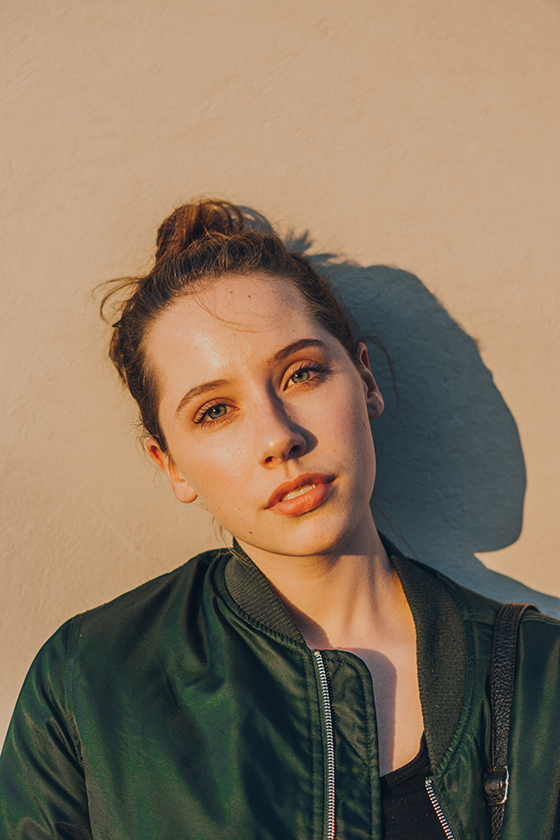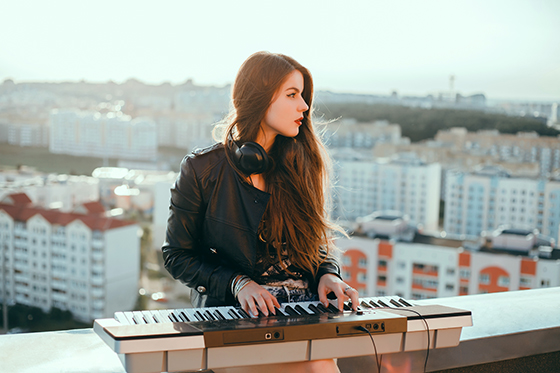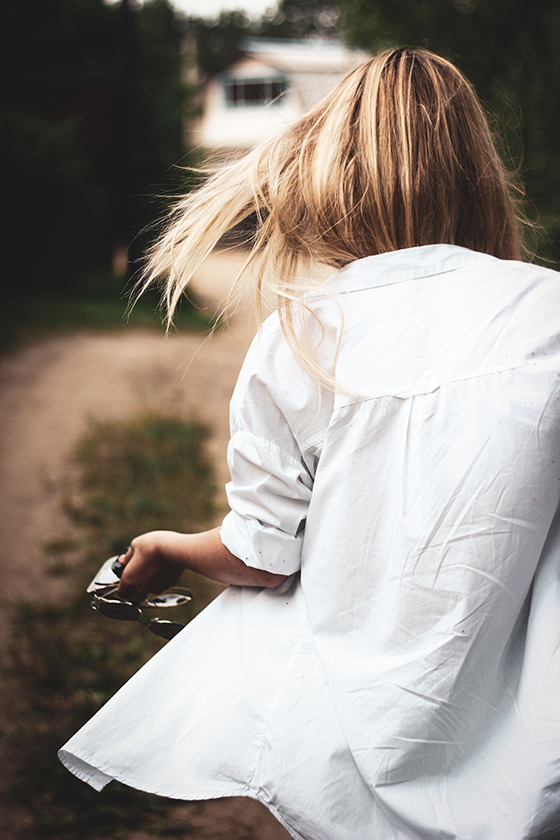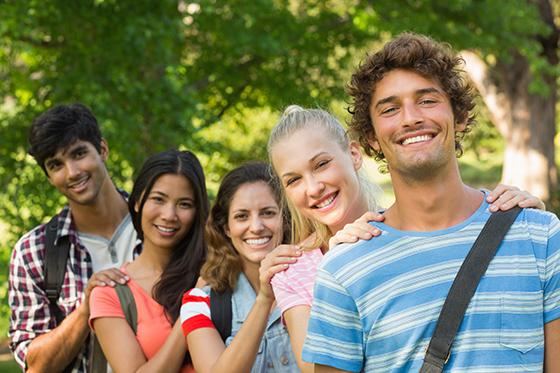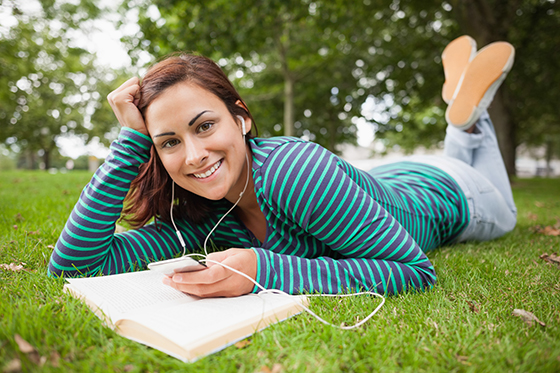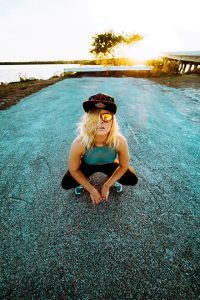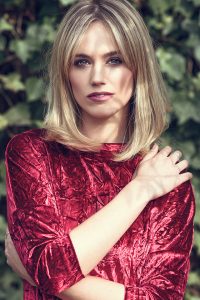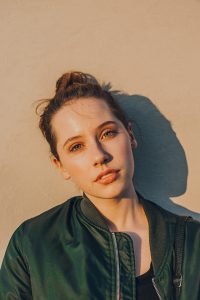-
Continue Reading: The Psychology of Clown Attire: Why We Love or Fear Clowns
Clown costumes provoke strong emotional reactions, rooted in design and personal experiences. Bright colors and exaggerated features can evoke joy or fear. Clowns are historically entertainers, but unpredictable acts can be unsettling. Media portrayals, like “It,” influence public perception, sometimes leading to coulrophobia. Mask-like makeup obscures emotions, adding to discomfort. Childhood memories deeply shape perceptions.…
-
Continue Reading: Clown Costumes in Pop Culture: Influential Appearances in Media
Clown costumes, iconic in pop culture beyond circus roots, evoke diverse emotions and are used across media. In “It,” Pennywise embodies horror; “Sesame Street” features joyful Big Bird; “American Horror Story” presents malevolent Twisty. Musicians like Kiss and Insane Clown Posse adopt them for edgy personas. Literature, theater, and video games also utilize clown motifs…
-
Continue Reading: How Clown Makeup is Done: Step-by-Step Guide
Clown makeup blends art and science, transforming the ordinary with vibrant colors and exaggerated features. To apply it, gather white face paint and bright colors, a flat brush, sponges, eyeliner, false lashes, and setting powder. Cleanse and moisturize your skin, apply a thick white base, then add details: a red nose and mouth, black outlines…
-
Continue Reading: Famous Clowns Throughout History: Their Costumes and Stories
From Joseph Grimaldi’s pioneering whiteface to contemporary performers, clown costumes have evolved while maintaining their essential role in shaping clown identities. Grimaldi revolutionized clowning with his iconic look, influencing generations. Emmett Kelly’s Tramp Clown resonated deeply during the Great Depression, while Charlie Chaplin’s The Tramp combined pathos and comedy. Marcel Marceau blended mime and clowning,…
-
Continue Reading: What Colors Do Clowns Wear and What Do They Symbolize?
Clown costumes, vibrant and whimsical, significantly enhance performances. Red symbolizes energy and enthusiasm, making clowns lively; blue conveys calmness and trust, suiting gentler interactions. Yellow signifies happiness and joy, uplifting audiences. Green represents growth or quirkiness, appealing to unique tastes. Purple adds sophistication and mystery, appealing to deeper interests. Black and white “Auguste” and “Whiteface”…
-
Continue Reading: Understanding the Symbolism Behind Clown Makeup and Costumes
Clown costumes symbolize complex human emotions and societal norms. The exaggerated makeup, like a wide red smile, signifies joy yet can hint at hidden sorrow, reflecting human emotion’s duality. Bright colors in clown attire each carry meanings, representing diverse emotions. Baggy clothing represents transformation and the loss of identity, emphasizing performance and humor. Props like…
Subscribe to ChicEra
Get the latest posts delivered right to your email.

